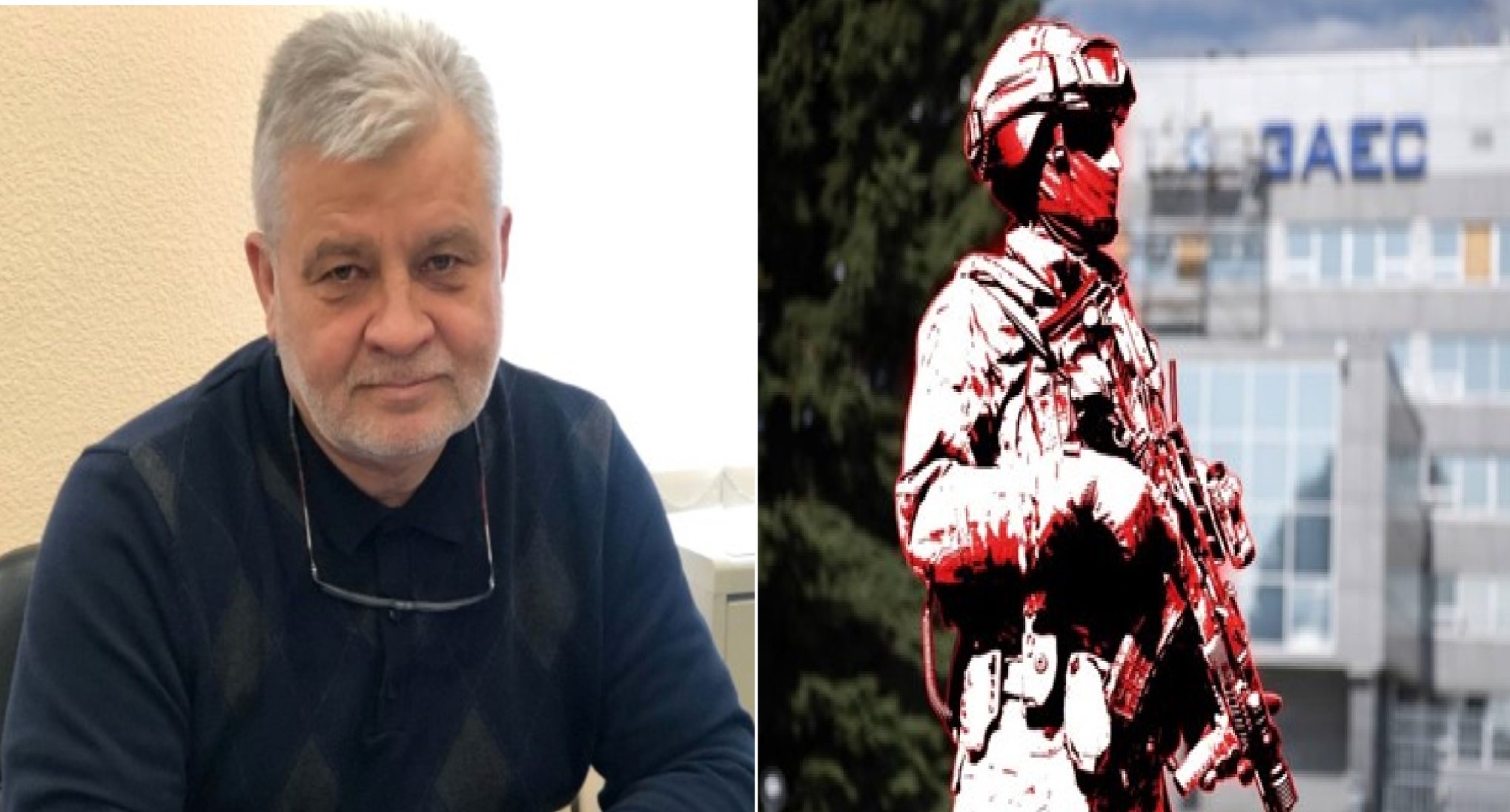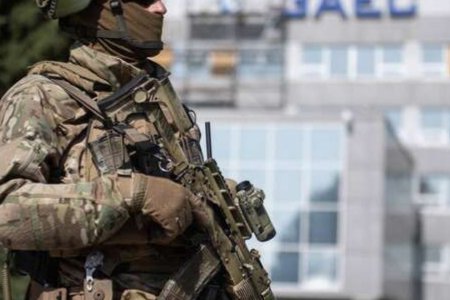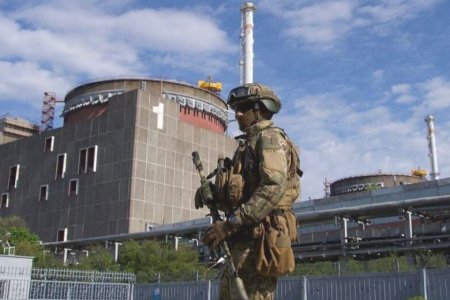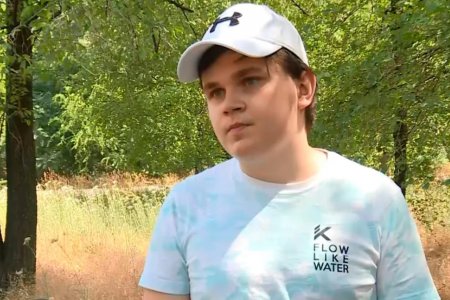
It is eight months since the Russian invaders, confronted by resistance from Enerhodar residents, abducted the city’s Deputy Mayor Ivan Samoidiuk. This was seemingly the first of many abductions from Enerhodar and from the Zaporizhzhia Nuclear Power Plant, which the city was created to build and service. In the cases already known about, hostages were subjected to torture and there are serious grounds for concern about Samoidiuk, who is not a young man and needs regular medication.
In reminding people of his deputy’s incarceration, the Mayor of Enerhodar, Dmytro Orlov noted that the abductions and torture of residents began two weeks after the Russians seized the city. “It is exactly eight months”, he says, “since our city came face to face with people being taken away from their own homes, from their workplace or just from out on the street. People are thrown into basements, beaten; ill-treated, tortured and maimed, as well as being starved. There are a number of people living in such conditions who have been there for months. It is this that is the real face of ‘Ruzzian world’. Orlov substitutes the correct ‘s’ with the ‘z’ that Russia has basically adopted as the symbol of its war of aggression against Ukraine.
Orlov first reported on 20 March that the Russian invaders, having failed to obtain any cooperation from the city’s real authorities, had resorted to overt criminal actions by abducting the First Deputy Mayor. This abduction coincided, Orlov said, with physical and psychological pressure on Enerhodar residents who are active in public life, and with the Russians’ hunt for those residents whose principled stand [in opposition to Russia’s occupation] they view as a threat.
A huge crowd of Enerhodar residents, many holding Ukrainian flags, responded to Orlov’s call and came out in protest, demanding the release of Ivan Samoidiuk, The Deputy Mayor is one of many public officials who have been abducted by the Russians after they refused to collaborate. Some have since been released as part of exchanges of prisoners, and it is unclear why the Russians are refusing to free Samoidiuk.
The invaders have also been using such terror methods against employees of the Zaporizhzhia Nuclear Power Plant [ZNPP]. At least two men have been killed. On 29 June, Andriy Honcharuk, a diver, was beaten and tortured after he refused to take part in the invaders’ attempt to empty the water from the cooling system and to stop the pumps needed for ensuring the safety of the reactors. He died of the injuries incurred on 3 July. On 22 August, the Russians shot at a taxi in Enerhodar and gravely injured a mechanic from the plant who later died in hospital.
It is not clear how many of the abducted power plant employees were later released, but a number of those who were freed have since been silent about what they endured, with this very likely due both to torture against them and threats against their families if they talk about it. On 25 August, the Eastern Human Rights Group reported that they had learned of dozens of new abductions, and that the Russians were using underground bunkers at ZNPP to hold, interrogate and torture abducted residents of Enerhodar. They targeted activists; volunteers; local businesspeople and, essentially, any residents who did not conceal their opposition to Russia’s invasion. The group’s sources from among the local population mention various forms of torture, including electric shocks; asphyxiation (with the use of plastic bags) and having chlorine poured under the victims’ feet in a closed cell. Their sources speak of minibuses having taken the bodies of tortured victims away in bags,
All of this has been taking place while Russia sought to disconnect the power plant from the Ukrainian grid, with attacks on the plant and increasing reports that the invaders are using the territory of the largest nuclear power plant in Europe as a military base. On 25 August, the Russian Guard [Rosgvardia] effectively admitted to using the plant for this purpose.
On 19-20 November, explosions caused damage to the Zaporizhzhia power plant, with the International Atomic Energy Agency [IAEA] reporting more than a dozen blasts. These, they said, had probably come from shelling and had caused damage, though they claimed that none was thus far “critical for nuclear safety.” IAEA head, Rafael Grossi, stated that “whoever is behind this, it must stop immediately. As I have said many times before, you’re playing with fire!”
While there is, yet again, a situation where both Russia and Ukraine are accusing each other of responsibility, it is Ukraine that is under attack from Russia with the latter having been systematically targeting critical energy infrastructure over the last month. It is, of course, Ukrainians also who would suffer the most were any of the strikes or explosions to cause a nuclear disaster. Even without such dire consequences, the explosions place the continued work of the plant in danger at a time when Russian missiles have already resulted in around half of Ukraine’s energy infrastructure being disabled. This deliberate and mass attack on civilians comes as temperatures in Ukraine have fallen well below zero. The Ukrainian authorities have also sought maximum access by IAEA experts, etc. to the plant with such access severely curtailed by the Russians. It would seem, therefore, that it is the aggressor state that, at very least, has a lot to hide and that is continuing to use energy and life-threatening attacks on sources of it as a weapon in its war against Ukraine.



